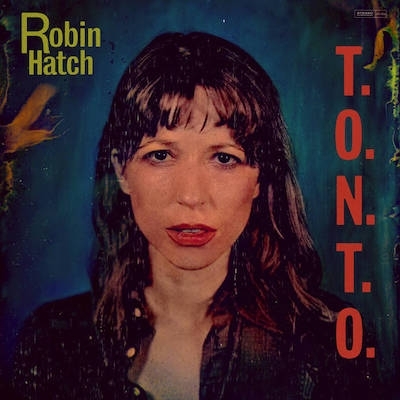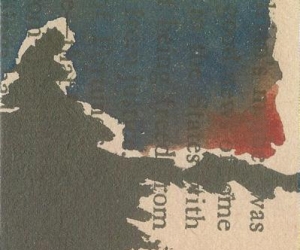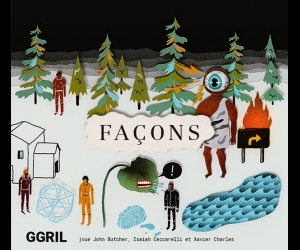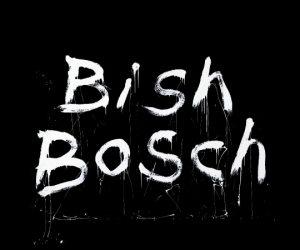
When Toronto keyboardist and composer Robin Hatch became an artist in residence at the National Music Centre in Calgary, she was given rare access to a wondrous resource in the centre’s collection of antique instruments: The Original New Timbral Orchestra (TONTO), a mammoth machine that’s basically an orchestra of synthesizer sounds. Created in 1971 by Robert Margouleff and the late Malcom Cecil, TONTO is the world’s first and largest multi-timbral polyphonic analog synthesizer. [Ed. note: TONTO and its current home, the National Music Centre, were the subject of a feature in Musicworks 128.] It gained fame when Stevie Wonder used it on classics like Music of My Mind and Innervisions, and it has appeared on recordings by Weather Report, Gil Scott-Heron, A Tribe Called Red, and others. But in the hands of Hatch, a multigenre artist who named this album in its honour, TONTO has found perhaps its most adventurous operator. Hatch embraced its strangely retrofuturistic qualities to create tracks of startling complexity and dizzying energy. Some are bubbly and poppy, like “Inspector,” on which Lowell Whitty’s drumming adds layers of rhythmic intensity, while “My Lucid Mind” thrums with jittery, anxious tension. “Airplane” layers smooth synth lines with Laura Bates’s violin in a spacey melodic mix, and “Brazil,” which features Earl Slick on drums and standout sax playing by BadBadNotGood’s Leland Whitty, is a fascinating mix of mellow jazz, complex beats, and ’80s movie soundtrack sounds. By bringing all these things together, Hatch has given a historical oddity a new lease on life.


